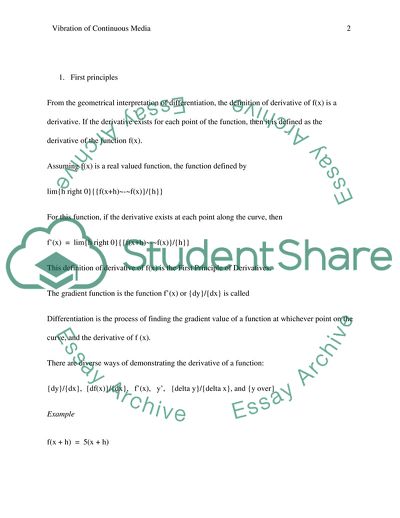Cite this document
(Vibration of Continuous Media Report Example | Topics and Well Written Essays - 4250 words - 1, n.d.)
Vibration of Continuous Media Report Example | Topics and Well Written Essays - 4250 words - 1. https://studentshare.org/physics/1805730-vibration-of-continous-media
Vibration of Continuous Media Report Example | Topics and Well Written Essays - 4250 words - 1. https://studentshare.org/physics/1805730-vibration-of-continous-media
(Vibration of Continuous Media Report Example | Topics and Well Written Essays - 4250 Words - 1)
Vibration of Continuous Media Report Example | Topics and Well Written Essays - 4250 Words - 1. https://studentshare.org/physics/1805730-vibration-of-continous-media.
Vibration of Continuous Media Report Example | Topics and Well Written Essays - 4250 Words - 1. https://studentshare.org/physics/1805730-vibration-of-continous-media.
“Vibration of Continuous Media Report Example | Topics and Well Written Essays - 4250 Words - 1”. https://studentshare.org/physics/1805730-vibration-of-continous-media.


